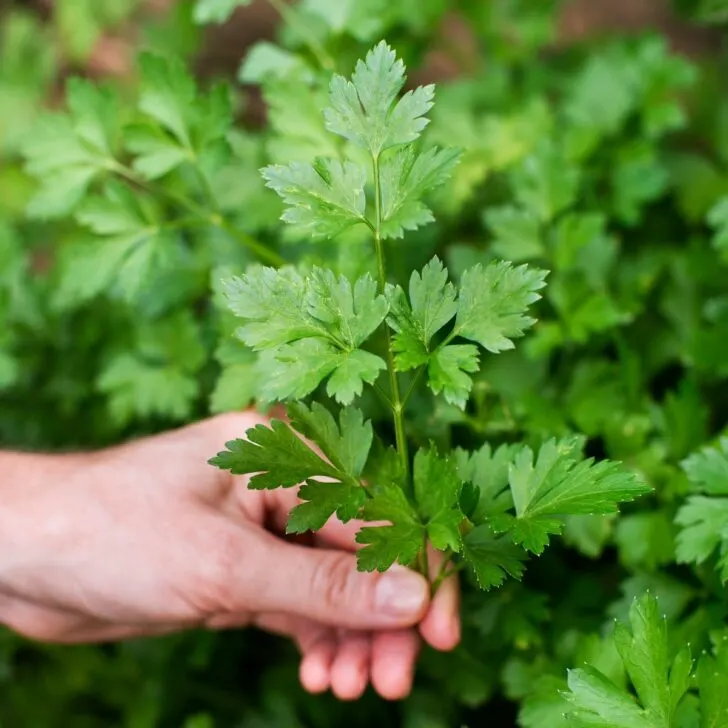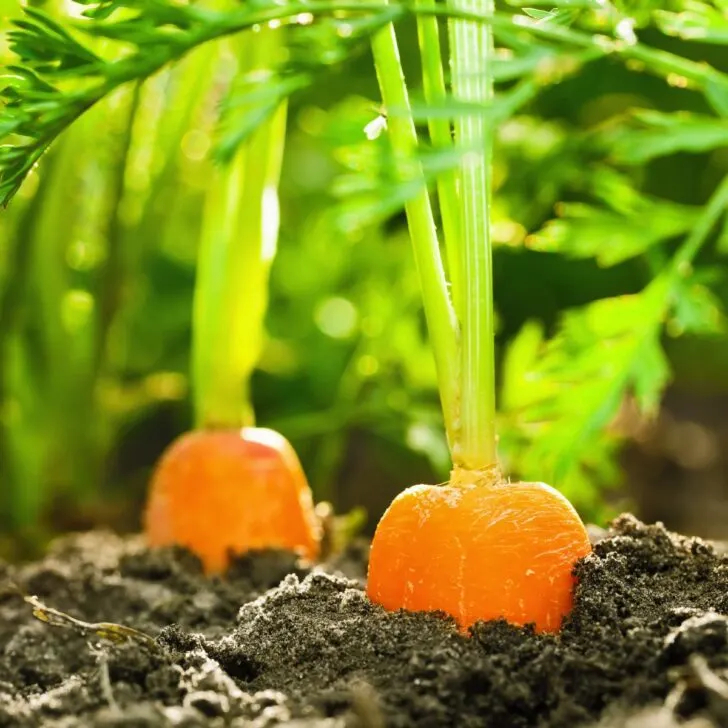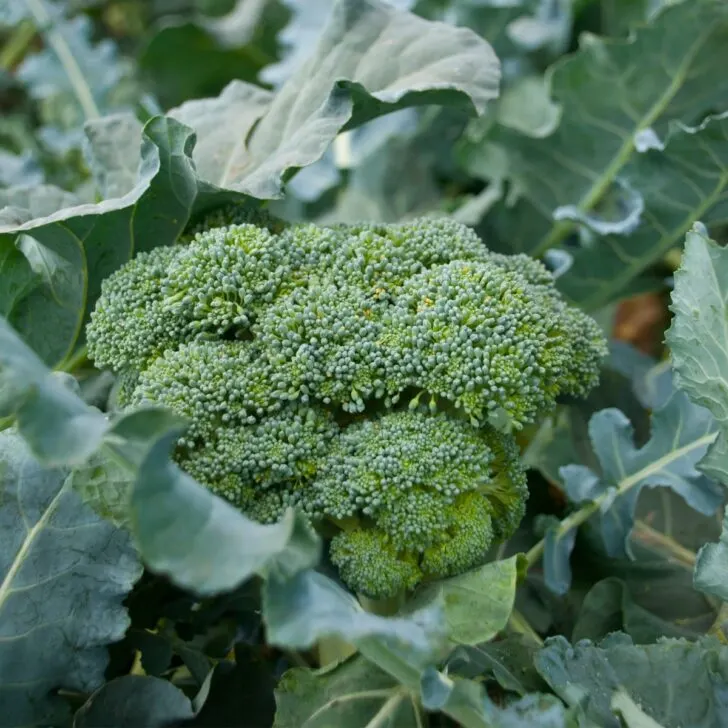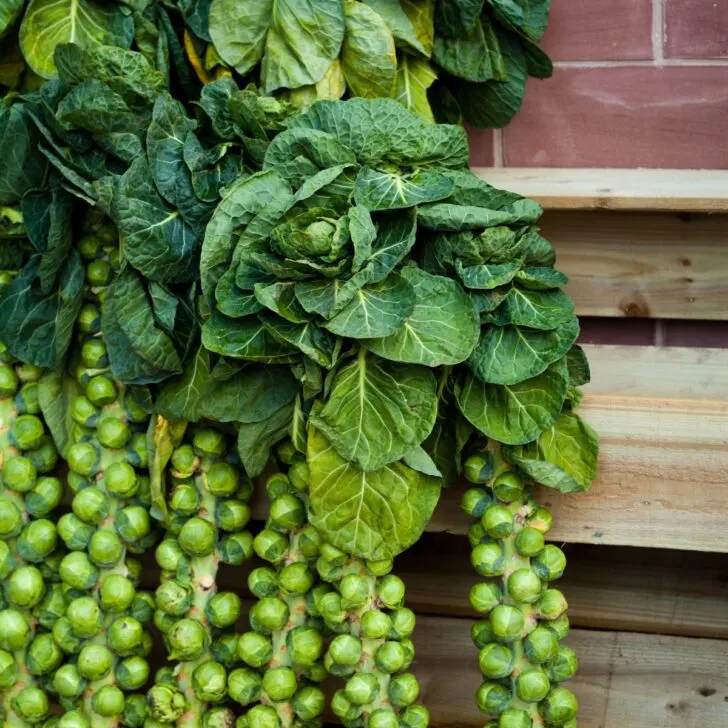Discover the benefits and best practices of companion planting for asparagus, boosting your harvest and controlling pests naturally!
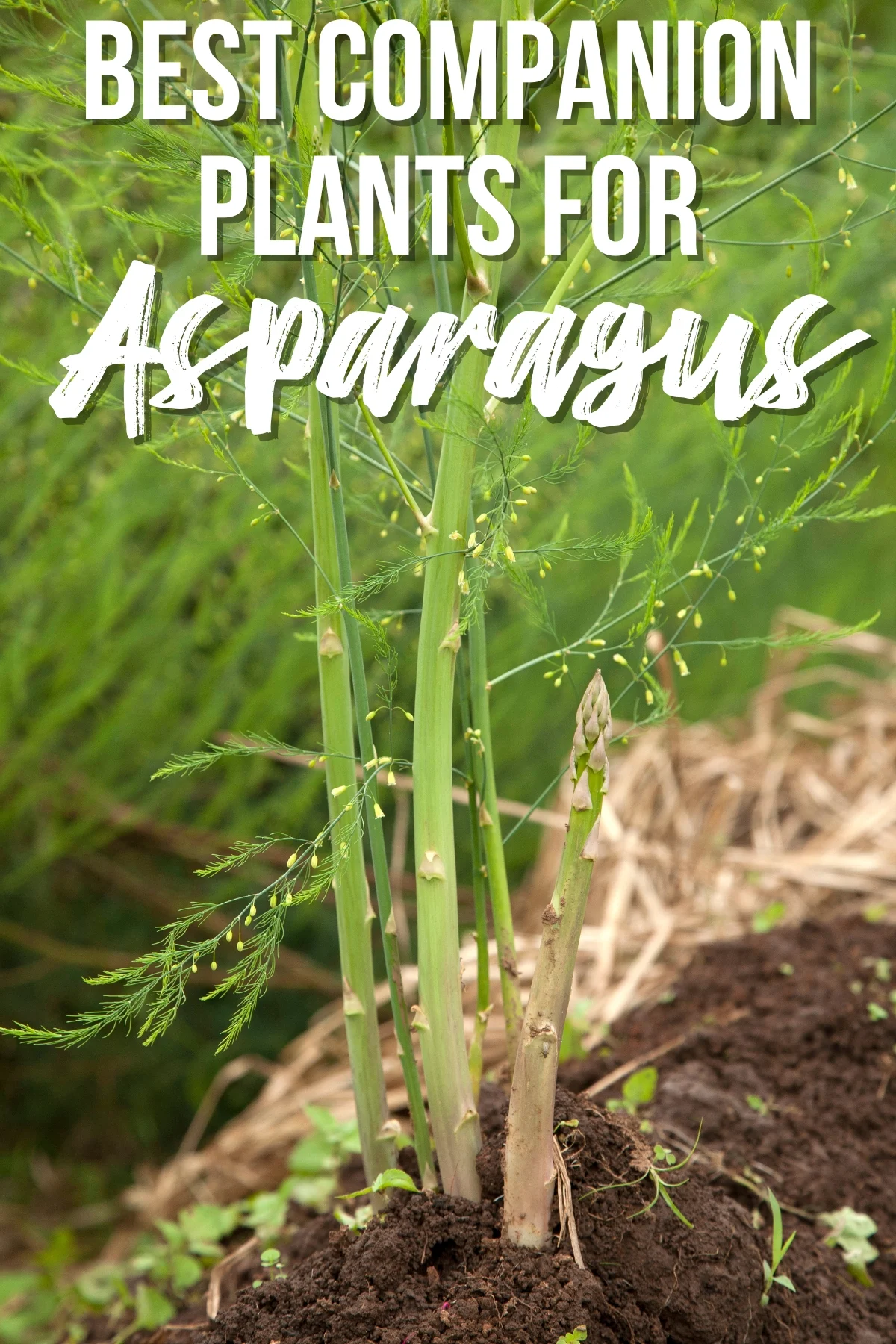
Would you like some help in the garden? If so, consider letting the plants assist you by companion gardening!
Companion planting can increase your harvest and reduce how much work it takes to grow them. Companion plants can repel pests, improve the use of soil nutrients, save garden space, and so much more.
In this article, we'll look at companion planting for asparagus. We'll explore the whys and hows of this age-old practice, identifying which plants make the best pairings for asparagus and which ones to avoid.
Things to know about growing asparagus
Asparagus spears pop up from perennial root crowns in early spring. It takes about three years from planting time to the point where you can start harvesting. After that, a bed of asparagus can continue producing for up to twenty years.
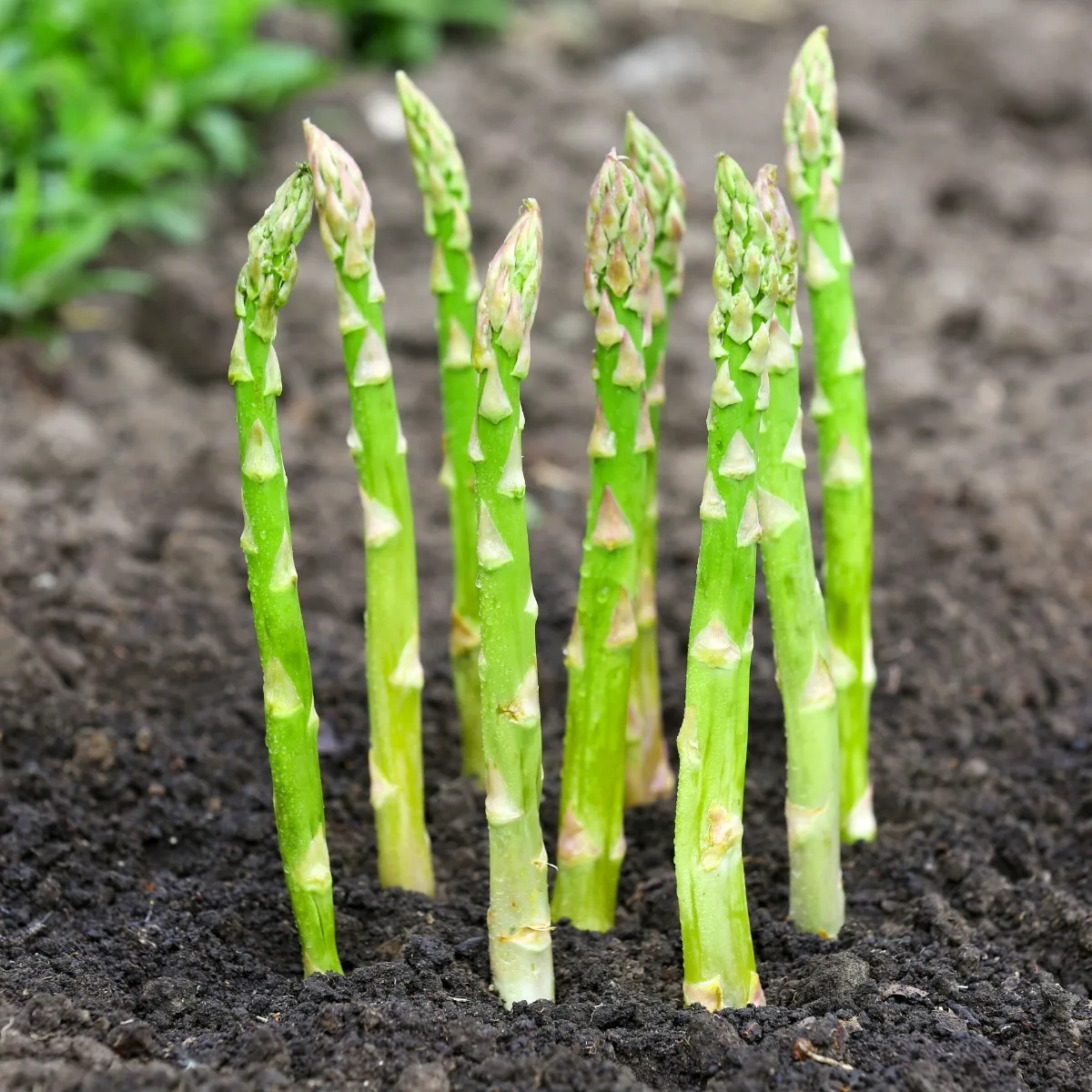
Asparagus prefers full sun but can tolerate partial shade. The plant is quite hardy and can withstand temperatures down to -20°F. The spear production occurs in spring when soil temperatures reach 50°F, and it continues for about 4 to 6 weeks.
Given the investment in time needed to grow asparagus, you'll want to do everything possible to ensure a bountiful harvest. Companion planting can help by protecting against pests that can decrease your yield and improve flavor with a nearby plant's help.
Best Companion Plants for Asparagus
Among the most damaging pests of asparagus are two species of asparagus beetle: the common asparagus beetle and the spotted asparagus beetle.
These insects feed on the spears, causing them to turn brown and become bent and unappetizing. In addition, these bugs eat the foliage, reducing the plant's ability to grow back the following season.
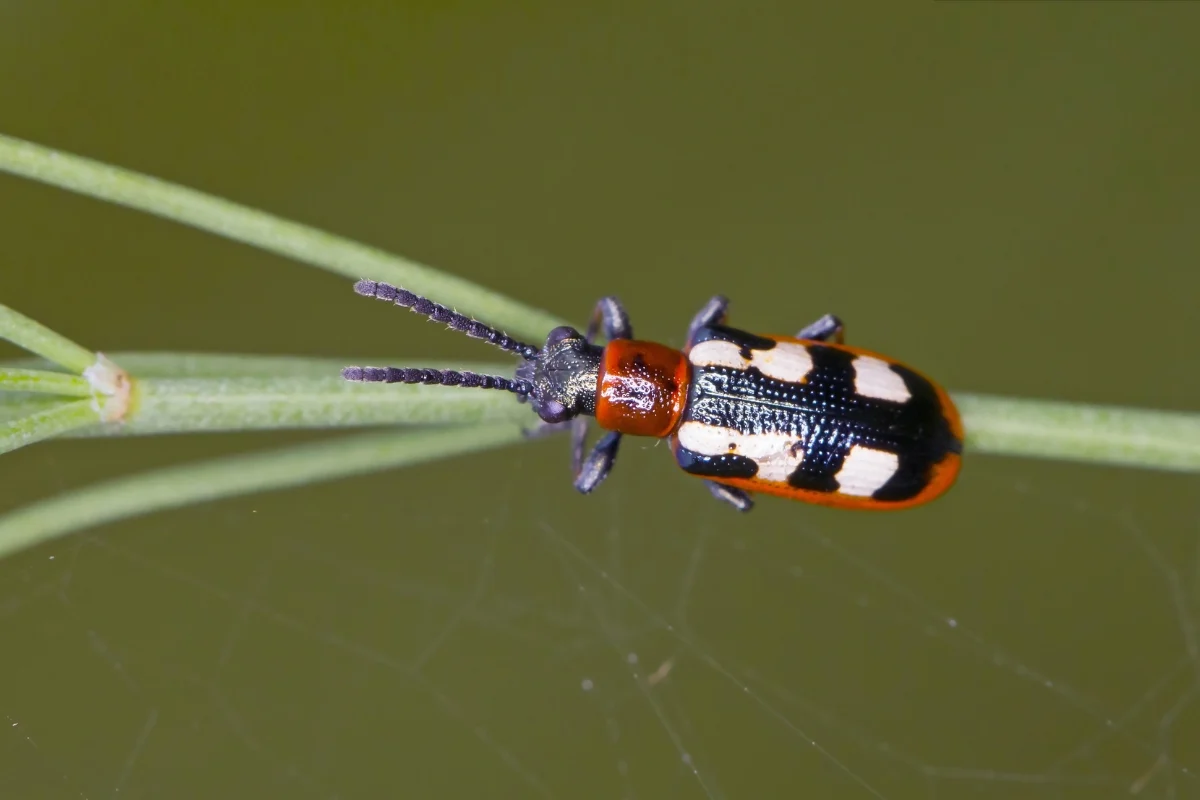
Given the damage these beetles can do, the best companion plants for asparagus are those that can repel this particular pest. Here are some great choices for your garden:
- Tomatoes and eggplants produce a chemical called solanine, which deters asparagus beetles. In addition, asparagus plants have substances that harm root-knot nematodes, tiny worms that infect the roots of nightshade plants like tomatoes and eggplant. Hence, the benefits go both ways with this combo.
- Herbs, including dill, comfrey, cilantro, parsley, horseradish, and basil can keep away various pests that attack asparagus plants, including aphids and spider mites.
- Flowers like petunias, nasturtiums, and marigolds growing near asparagus can attract predatory insects that feed on pests. These flowers can also act as trap crops, drawing harmful pests away from an asparagus bed.
- Rhubarb is a perennial like asparagus, and it can deter pests growing near it. However, rhubarb plants get large, so plant it at least 2 feet away from asparagus plants so they do not compete for soil nutrients or sunlight.
- Planting low-growing, perennial strawberry plants under asparagus plants can help suppress weeds. When growing these two together, plant the asparagus crowns first and ensure they are deeper in the ground than the strawberry crowns so the plants draw nutrients from different soil levels.
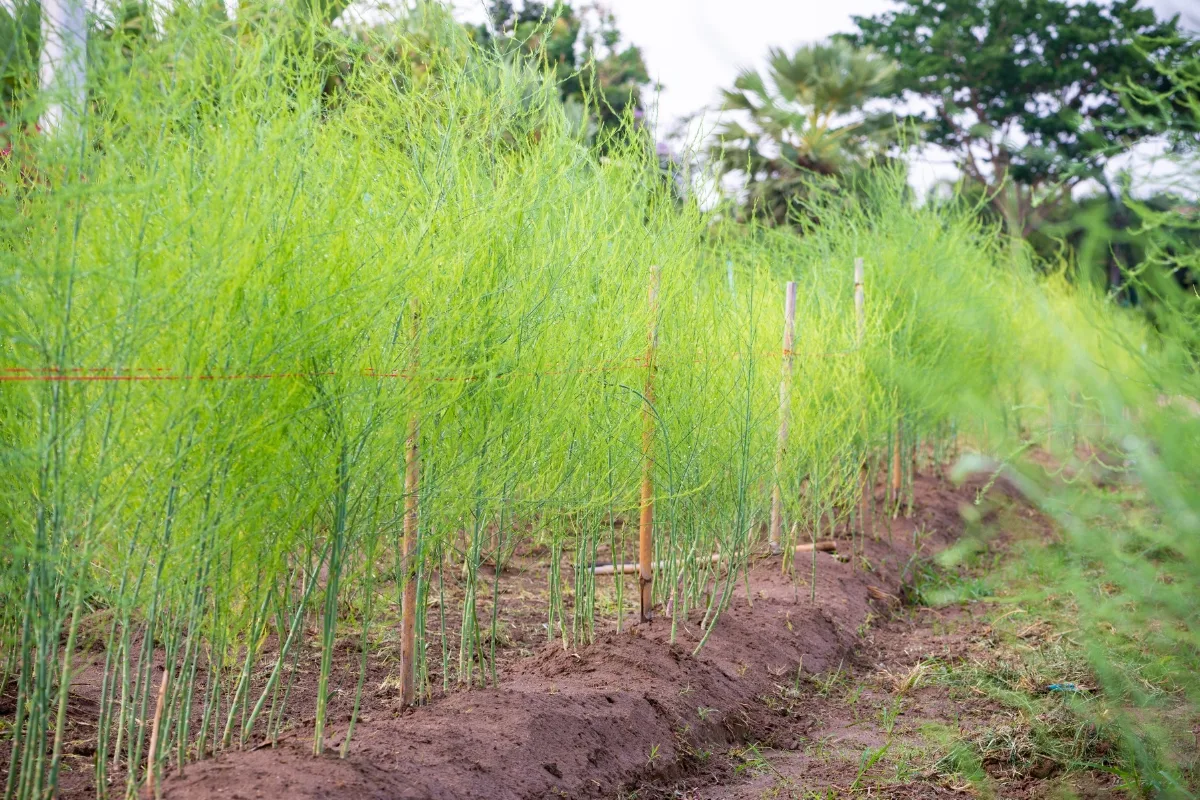
Other vegetables combine well with asparagus because they utilize different soil nutrients or because the tall and bushy asparagus plants create shade for the other plants. These include:
- Beets are small, fast-growing crops that won't compete for the nutrients asparagus plants need. Plant them between the rows at least 16 inches from the asparagus so you don't disturb the crowns when you harvest the beets.
- Lettuce and spinach also grow fast and benefit from shade provided by asparagus.
Plants to Avoid with Asparagus
Several vegetable crops do not grow well with asparagus, including:
- Alliums such as onions, garlic, leeks, and chives create a chemical that can inhibit the growth of asparagus.
- Potatoes also stunt asparagus growth for a similar reason as alliums.
- Root crops like carrots and parsnips disturb the soil when you harvest them, which can damage the root crowns of asparagus if planted together.
- Fennel also has substances that can hinder the growth of asparagus and many other garden vegetable crops.
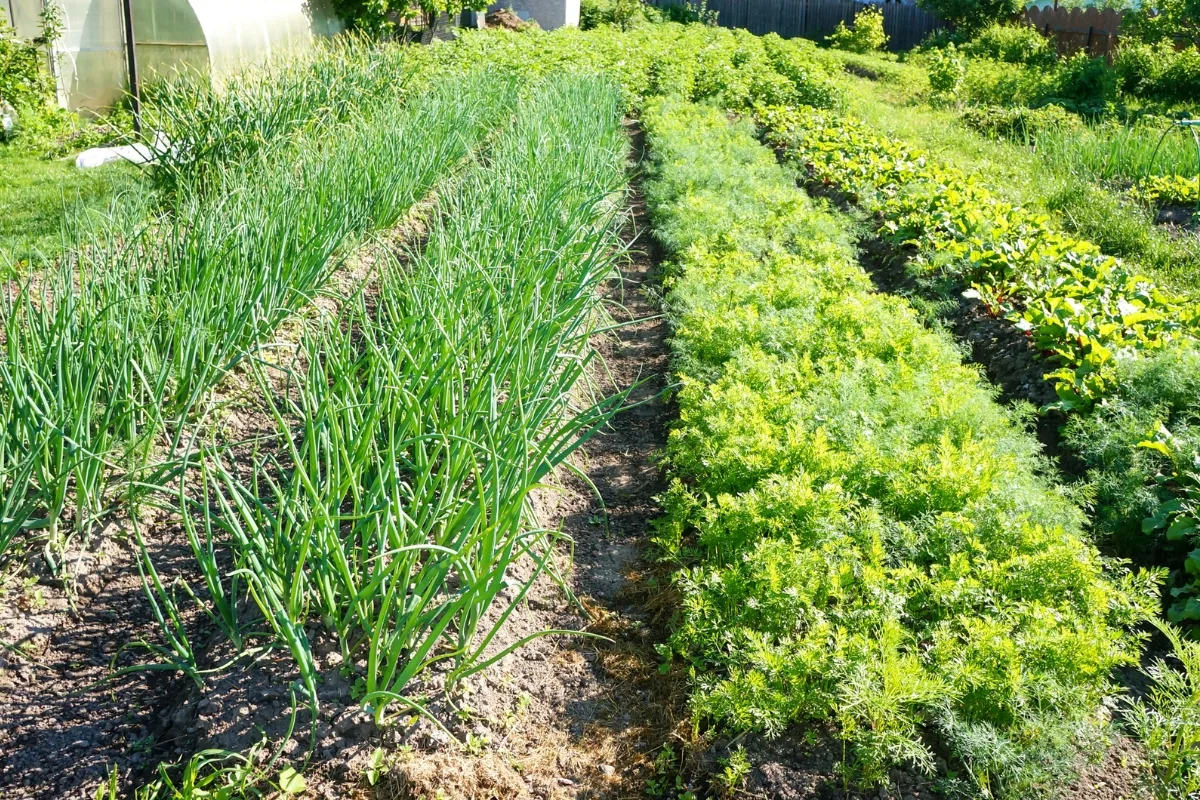
Tips for Companion Planting with Asparagus
Asparagus is a perennial, so it's worth carefully considering where to place this garden bed for maximum benefit from companion planting. Depending on your garden's size and layout, you might want to put an asparagus bed at the center and move annual crops around it.
Crops like tomatoes, squash, beans, and cucumbers benefit from growing in a new area of the garden each season for two to three years, a practice called crop rotation. Since you can't rotate a perennial, placing an asparagus bed in the garden's center allows you to rotate companion plants around it yearly.
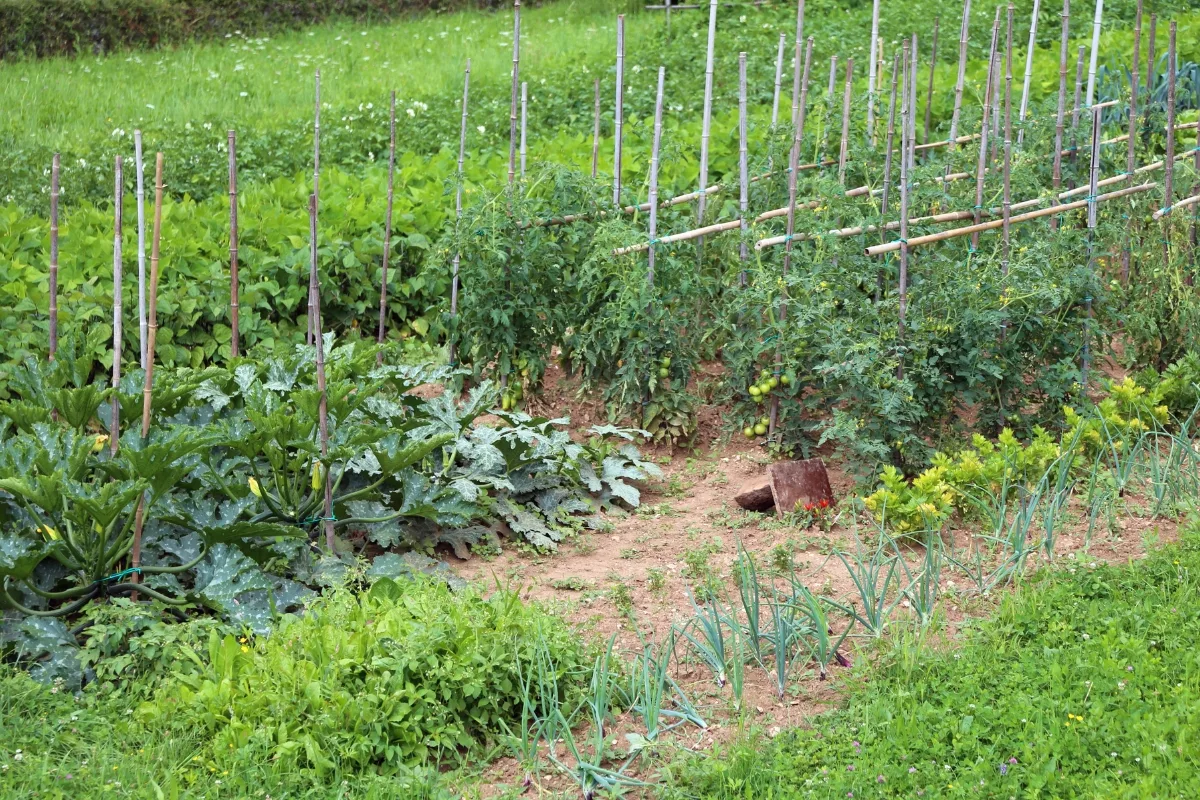
Alternatively, it might be better to establish asparagus at the garden's edge, where it is more out of the way but can still provide shade and protection for vegetables like lettuce and kale on the north side.
Asparagus has deep roots, and it combines best with shallow-rooted, fast-growing plants like beets, spinach, lettuce, and strawberries when planted in the same garden bed.
Now that you know the best companion plants for asparagus, and which ones to avoid, you can enjoy a bountiful crop of these tasty vegetables in your garden!

